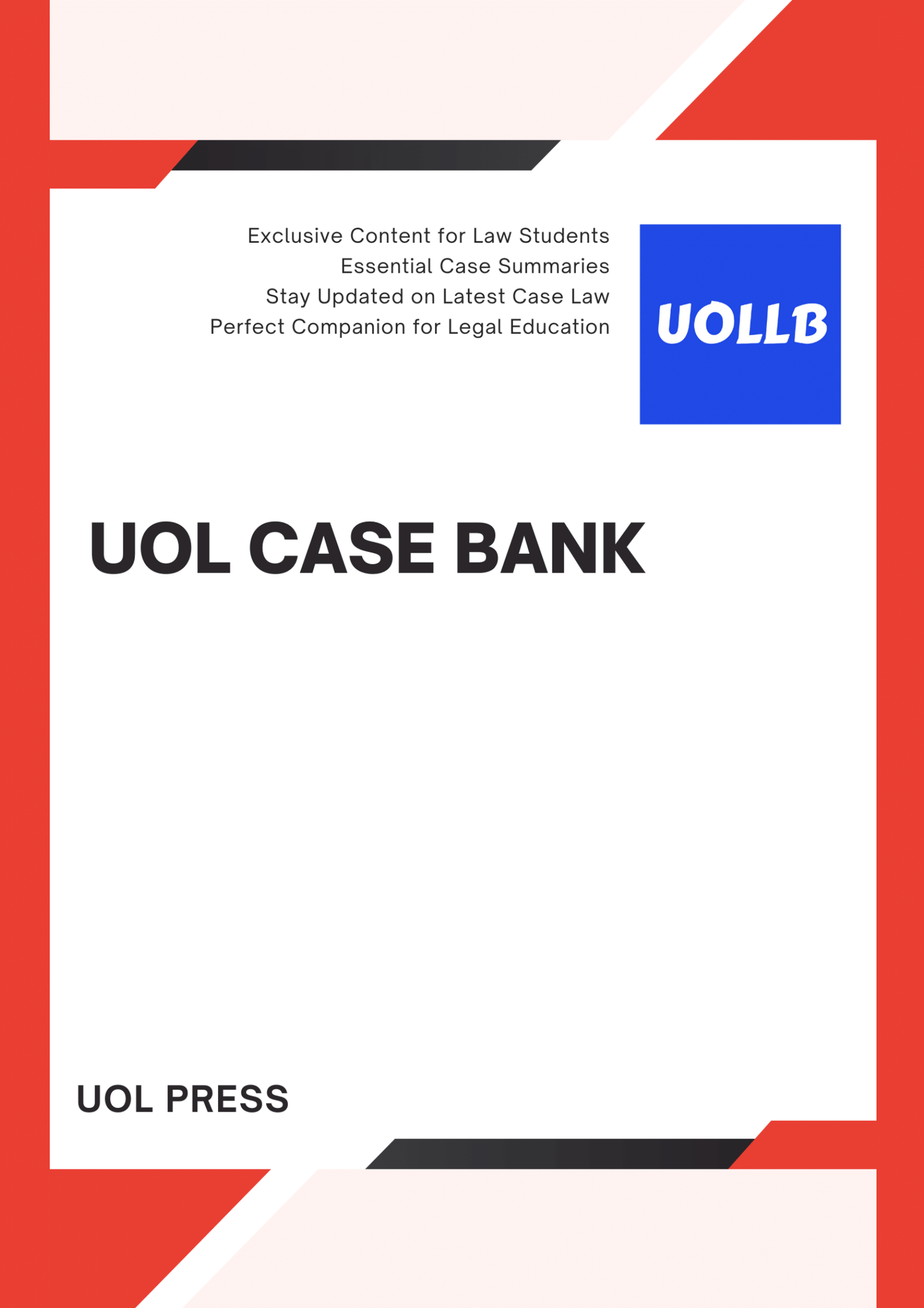Overseas Tankship (UK) Ltd v Morts Dock and Engineering Co Ltd [1961]
Share
Overseas Tankship (UK) Ltd v Morts Dock and Engineering Co Ltd [1961] AC 388, commonly known as The Wagon Mound (No 1), established a crucial principle in the law of negligence—that for damage or injury to be actionable, it must be reasonably foreseeable. In this case, the defendants were the charterers of the vessel Wagon Mound, from which oil leaked. However, the employees of the defendants negligently allowed the oil to spread, believing the risk of it catching fire on the water to be remote.
When the oil did catch fire, it resulted in damage to the plaintiff's wharf, Mort's Dock. The New South Wales Supreme Court initially ruled in favour of the plaintiff, citing the binding nature of the Re Polemis rule. According to this rule, damage directly flowing from a tortious act is actionable, irrespective of whether it is reasonably foreseeable.
The central issue in the case was the applicability of the Re Polemis rule. However, the Privy Council held that the defendants were not liable for the damage caused by the fire, as it was not reasonably foreseeable that the oil would ignite on water. Significantly, the court overruled the Re Polemis rule.
In rendering the decision, Viscount Simonds expressed the view that the Polemis rule, by substituting "direct" for "reasonably foreseeable" consequence, led to illogical and unjust conclusions. He emphasised the importance of foreseeability throughout the negligence assessment, spanning the duty of care, breach, causation, and remoteness. According to Viscount Simonds, if a person could reasonably foresee the intervening events that led to the damage, they should be held liable, regardless of whether the damage is deemed "direct" or "indirect".
This case illustrates the significance of foreseeability at various stages of the negligence assessment, emphasising its relevance in determining the existence of a duty of care, establishing breach, and assessing causation and remoteness.
When the oil did catch fire, it resulted in damage to the plaintiff's wharf, Mort's Dock. The New South Wales Supreme Court initially ruled in favour of the plaintiff, citing the binding nature of the Re Polemis rule. According to this rule, damage directly flowing from a tortious act is actionable, irrespective of whether it is reasonably foreseeable.
The central issue in the case was the applicability of the Re Polemis rule. However, the Privy Council held that the defendants were not liable for the damage caused by the fire, as it was not reasonably foreseeable that the oil would ignite on water. Significantly, the court overruled the Re Polemis rule.
In rendering the decision, Viscount Simonds expressed the view that the Polemis rule, by substituting "direct" for "reasonably foreseeable" consequence, led to illogical and unjust conclusions. He emphasised the importance of foreseeability throughout the negligence assessment, spanning the duty of care, breach, causation, and remoteness. According to Viscount Simonds, if a person could reasonably foresee the intervening events that led to the damage, they should be held liable, regardless of whether the damage is deemed "direct" or "indirect".
This case illustrates the significance of foreseeability at various stages of the negligence assessment, emphasising its relevance in determining the existence of a duty of care, establishing breach, and assessing causation and remoteness.

























































